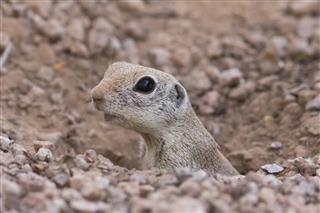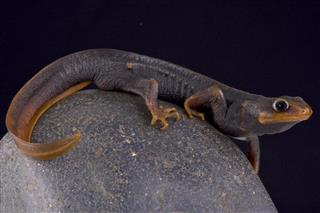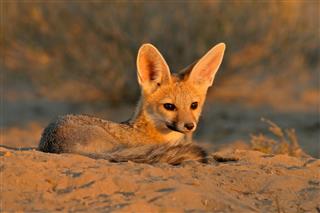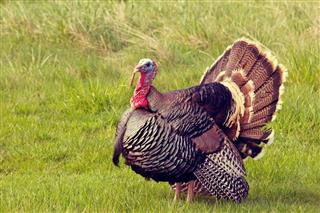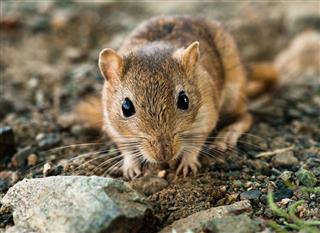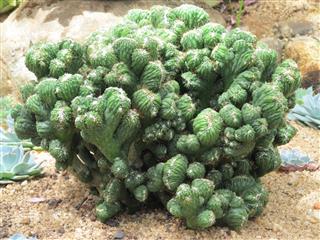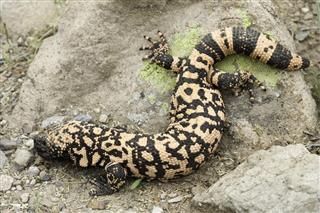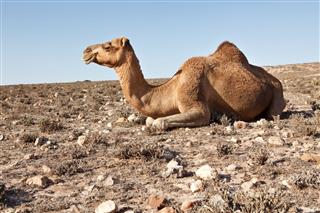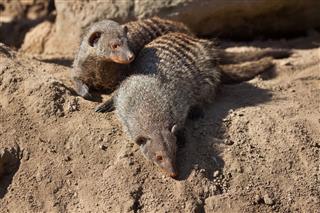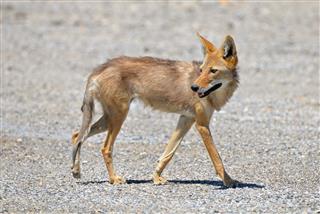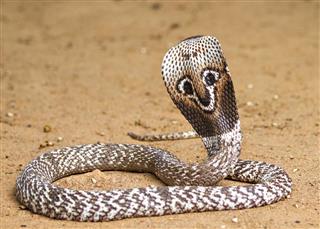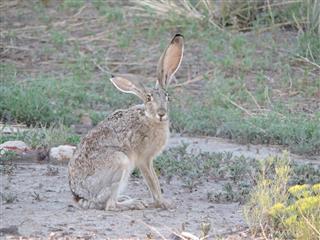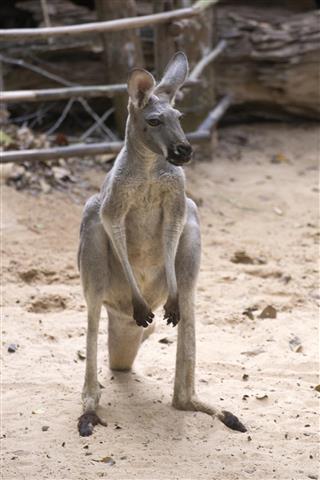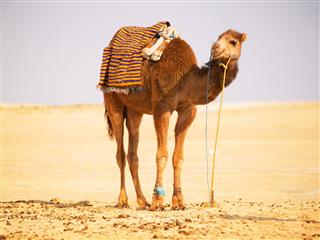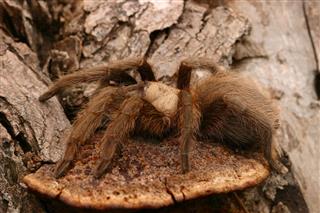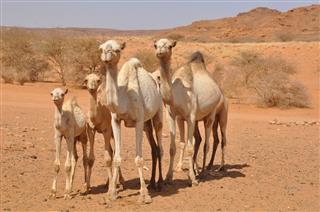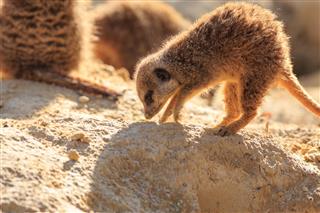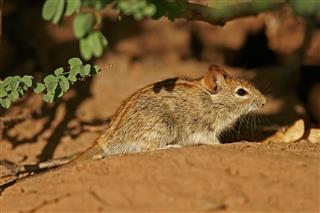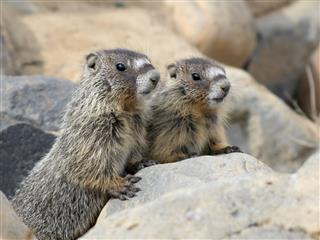
High temperatures and scarcity of water makes sustenance very difficult in the desert. Adaptations help desert animals to acquire and retain water, and to regulate body temperatures, which helps them to survive in the harsh conditions of the desert.
Plant and animal bodies are made up of a number of complex biological processes which take place within a narrow range of temperatures. If the temperature increases or drops below this range, the organism dies. The problem with a desert ecosystem is that temperatures reach or sometimes exceed the limits that are conducive for carrying out life sustaining processes.
Add to it, the scarcity of water, which translates to the scarcity of the very basic requirement for every living organism. To survive in such harsh environment, animals have developed certain features that have enabled them to not only survive but thrive in the desert.
Adaptations in Desert Animals
To Avoid Heat
Most animals avoid being out in the sun during the hottest part of the day. Many mammals, reptiles, and amphibians live in burrows to escape the intense desert heat. Rodents also plug the entrance of their burrows to keep the hot and dry winds out. Most animals either come out during the early morning or in the evening.
Some animals like snakes, foxes, and most rodents are nocturnal. They sleep during the daytime in their burrows or dens and hunt only during the night when the temperatures drop. Certain animals like the round-tailed ground squirrel resort to estivation (a long state of inactivity) when they slow down their metabolism to conserve water and energy when the days become very hot.
To Dissipate Heat
Due to constant exposure to high temperatures, these animals need to regulate their body temperatures, to carry out the various processes that are important for their survival. For this reason, some have developed long body parts that provide greater body surface to dissipate heat. For example, jackrabbits have large ears that are supplied with a large number of blood vessels that enables excess heat to be dissipated easily. It is a known fact that light colors are poor absorbers of heat.
Most desert animals are pale in color which prevents their bodies from absorbing more heat in the sun. However, turkeys and black vultures are dark in color and hence they absorb considerable amount of heat during the day. To prevent their bodies from overheating, they undergo the process of urohydrosis. They urinate on their legs that have numerous blood vessels. The heat gets absorbed as the urine evaporates, thereby cooling their bodies.
To Absorb Water
Where water is scarce, plants like cactus are a main source of water. These succulent plants have developed their own ways of storing water to help them tide through the dry days of the desert. Certain insects also depend on nectar from flowers and sap from stems to get water.
Kangaroo rats are known to produce water by digesting dry seeds. Many rodents have extra tubules in their kidneys that help them extract most of the water from their urine and return it to the bloodstream. They also filter the moisture out of their exhaled breath through specialized organs in their nasal cavities.
To Preserve Water
Reptiles, like the gila monster, are known to store water in the fatty tissues in their tails and other parts of the body. Also, the hump of the camel has fatty tissue. When this fatty tissue is metabolized, it produces energy as well as water. The reptiles have minimized the loss of water by excreting waste in the form of an insoluble white compound uric acid.
This adaptation ensures very little wastage of water. Most of the scavengers and the predators have evolved ways of extracting water from the food that they eat.
These are just a few examples of the amazing ways that these animals have evolved to survive the extreme, hot conditions. Without these adaptations, the desert ecosystem would have been absolutely lifeless!
